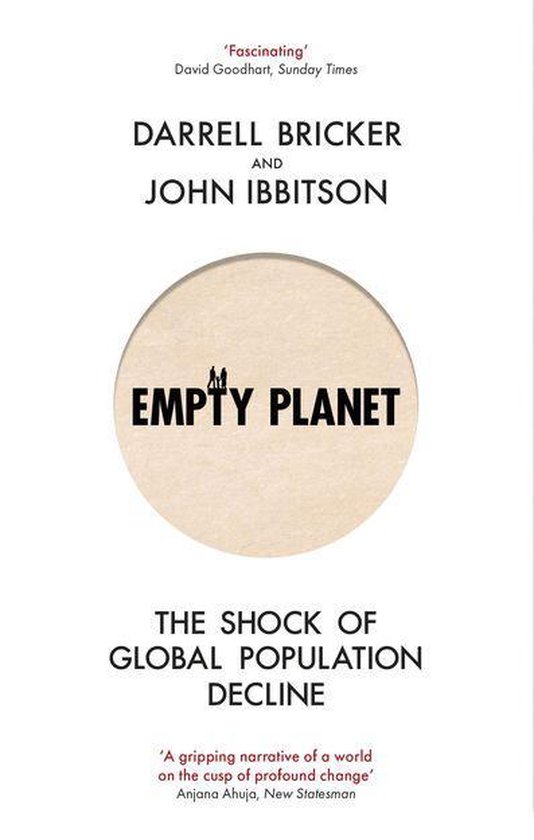


Also after 1800 came the Industrial Revolution and urbanization. After 1800, increased food production and public health improvements lowered death rates, so populations boomed, but this didn’t last long. Some of the richest places on earth are shedding people every year: Japan, Korea, Spain, Italy, much of eastern Europe.” The authors explain that throughout history, birth and death rates were high, and population grew slowly. “By 2050,” they write, “the number will have climbed to three dozen. Bricker, CEO of Ipsos Public Affairs, and Globe and Mail writer at large Ibbitson (co-authors: The Big Shift: The Seismic Change in Canadian Politics, Business, and Culture, and What It Means for Our Future, 2013) point out that a dozen nations are already shrinking. Warnings of catastrophic world overpopulation have filled the media since the 1960s, so this expert, well-researched explanation that it’s not happening will surprise many readers. A lively exploration of how “we do not face the challenge of a population bomb but of a population bust-a relentless, generation-after-generation culling of the human herd.”


 0 kommentar(er)
0 kommentar(er)
